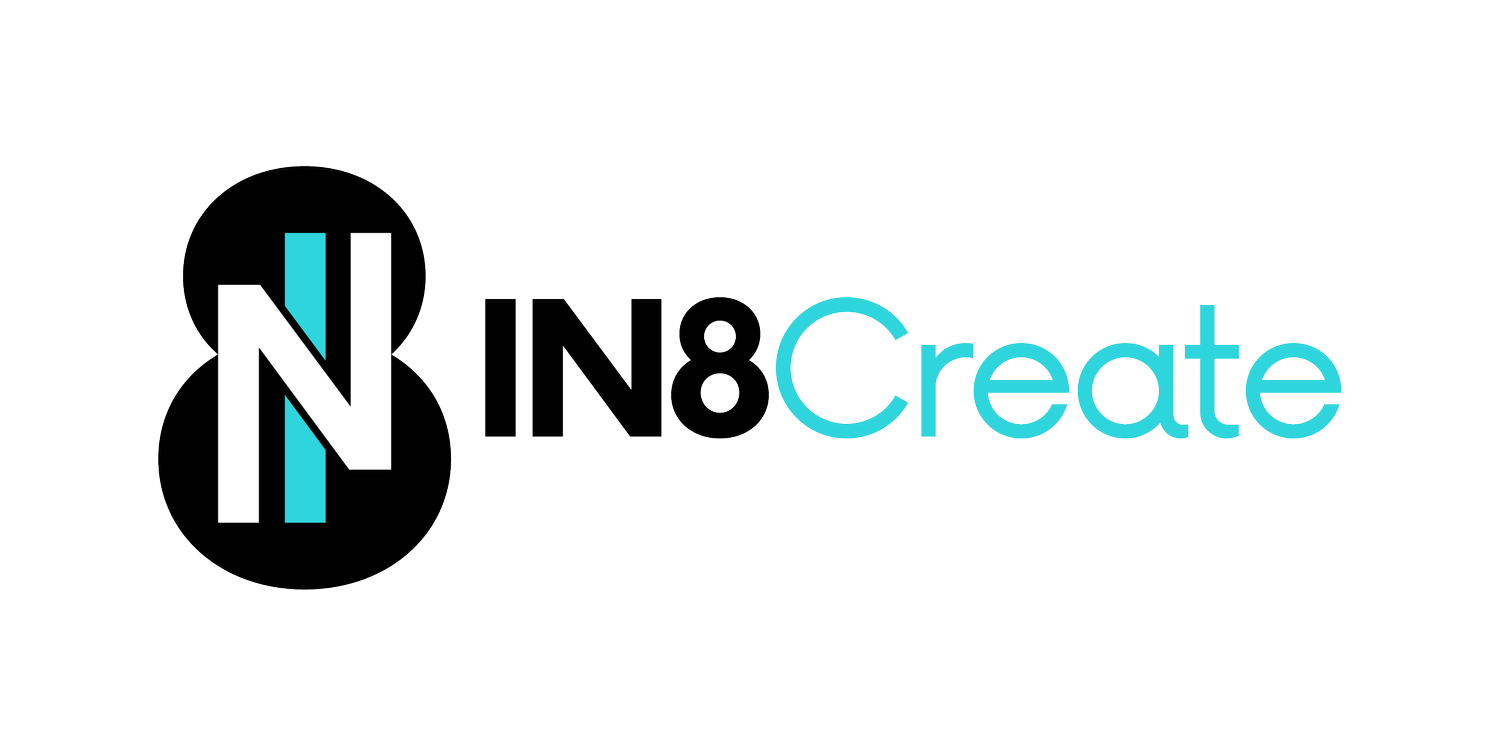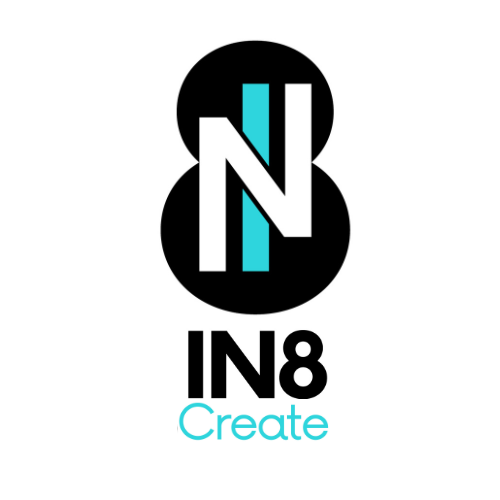Hierarchy of Communication Challenges: Unveiling the Layers
Dig Deeper to Improve Team Performance
Effective communication is often cited as the cornerstone of successful organizations. However, communication issues are typically symptoms of deeper, underlying challenges. By understanding these layers hierarchically, companies can pinpoint where true communication challenges lie and address them more effectively. Let's explore this hierarchy and uncover the root causes of communication breakdowns.
1. Basic Expectations and Roles
At the foundation of any communication structure are clear expectations and defined roles. When team members are unsure of their responsibilities or what is expected of them, confusion and miscommunication are inevitable.
Action Step: Ensure every team member has a clear understanding of their role and the expectations tied to it. Regularly review and update these expectations to adapt to any changes in the team dynamics or organizational goals.
2. Trust and Psychological Safety
Trust is a critical component of effective communication. Without trust, team members may withhold information, ideas, or feedback out of fear of judgment or retaliation. This lack of openness stifles collaboration and innovation.
Action Step: Foster a culture of trust by promoting psychological safety. Encourage open dialogue, where team members feel safe to express their thoughts and concerns without fear of negative consequences. Implement practices that build and reinforce trust within the team.
3. Interaction Norms and Collaboration Tools
How people interact and the tools they use for communication significantly impact the clarity and efficiency of their exchanges. Misaligned interaction norms or ineffective collaboration tools can create barriers to effective communication.
Action Step: Establish and maintain clear interaction norms and ensure everyone is trained on and comfortable with the collaboration tools in use. Regularly assess and refine these tools and norms to ensure they support, rather than hinder, effective communication.
4. Decision-Making Processes
Unclear or inconsistent decision-making processes can lead to misunderstandings and frustration. When team members do not know who is responsible for making decisions or how decisions are made, it creates confusion and disrupts communication flow.
Action Step: Clearly define decision-making processes, including who is responsible for what decisions and how decisions are communicated. Ensure transparency in the decision-making process to maintain clarity and accountability.
5. Vision and Alignment
A shared vision and alignment with organizational goals are essential for cohesive communication. Without a common direction, messages can become fragmented, and team members may work at cross-purposes.
Action Step: Regularly communicate the organization's vision and goals. Align team objectives with these overarching goals to ensure everyone is working towards the same outcomes. Use consistent messaging to reinforce alignment.
6. Feedback Mechanisms
Constructive feedback is vital for continuous improvement and effective communication. However, ineffective feedback mechanisms can lead to misunderstandings and missed opportunities for growth.
Action Step: Implement robust feedback mechanisms that are timely, specific, and actionable. Encourage a culture of continuous feedback where team members feel comfortable giving and receiving constructive criticism.
Understanding and addressing these hierarchical layers of communication challenges can transform how your organization communicates and collaborates. If you're looking to improve your team's communication and elevate their performance, I'm here to help.
Contact us for a consultation or to schedule a session designed to make communication within your organization clearer, more efficient, and more effective. Let's work together to uncover and address the root causes of your communication challenges, setting your team up for success.



